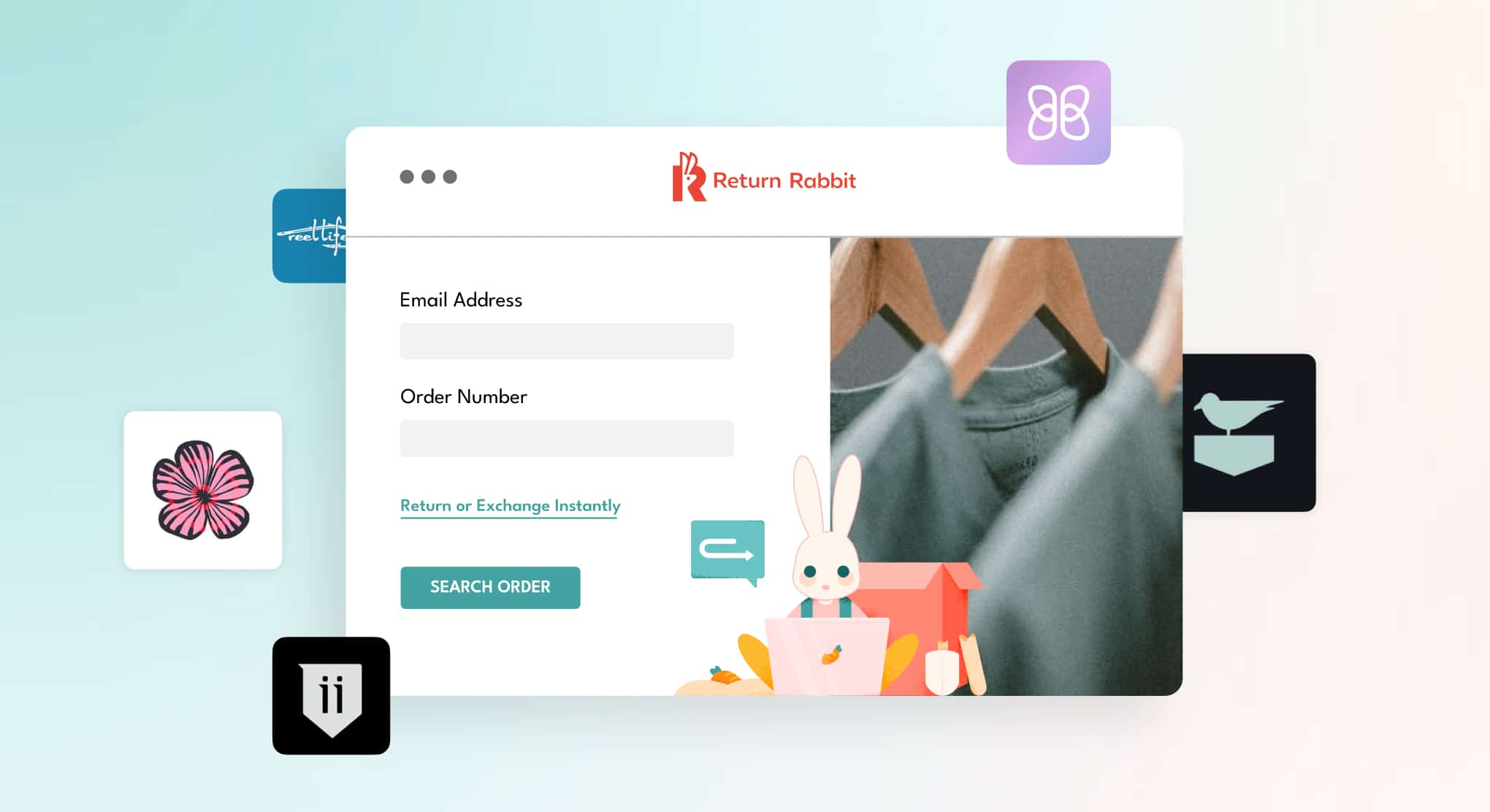In 2021, for every $1 billion in sales, retailers saw $166 million worth of products returned—that’s a total of $218 billion in returns just last year! And with the rise of social and mobile commerce making online shopping easier than ever, that number isn’t projected to decrease any time soon.
As returns skyrocket across eCommerce, it’s increasingly important for Shopify brands to not only have a return policy in place, but to make it easily visible for customers. Let’s take a closer look at why your Shopify store needs a return policy, what your policy needs to include, and an example of a return policy that we love.
Why do you need a return and refund policy?
Let’s start with the basics: a return policy is a set of guidelines for your customers when they initiate a return or refund. Whether they realize it or not, your customers agree to this policy (and all the rules that go with it) when they complete a purchase from you.
While return and refund policies are not legally required, they are crucial for Shopify stores because they protect your ecommerce store and instill trust with your customers.
Remember that you’re a customer too! When you receive something in the mail, and it’s not what you were expecting, it can be incredibly frustrating. Then when a brand won’t accept a return, it’s even worse. Odds are, you won’t shop there again.
If you’re still not convinced that your Shopify store needs a return policy, here are 4 reasons why it does:
1. Your customers want peace of mind before making a purchase
You may want to hold onto your hats for this one: your return policy is actually a key part of your marketing strategy. It’s true! 61% of online shoppers read and review a retailer’s return policy before making a purchase. So simply having a return policy available makes customers more likely to purchase from your store.
In the eyes of your customers, a return policy guarantees their satisfaction because if they’re not happy with a purchase, they know they can get their money back. Furthermore by offering a return policy that allows for refunds and exchanges, it displays the trust your Shopify store has in the quality of its products.
In that perspective, your Shopify store’s return policy is one of the best ways to market your products. It’s another opportunity to showcase the quality of your products to your customers to further entice them to make a purchase.
2. Win more customers…and keep them!
Your return policy has a direct relationship with retention rates because customers who have a positive return experience are more likely to shop again with your Shopify brand. In fact, 73% of consumers say the return experience impacts their likelihood to purchase from the same retailer again.
Considering that 61% of online shoppers reference a return policy before purchasing, those retailers are losing 15% of potential shoppers
Read more about how to implement an effective policy in our latest whitepaper: Managing the Inevitable Three Components of Effective Returns Management.
So if over half of your consumers read your return policy before purchasing and their returns experience directly impacts their decision to purchase again (regardless of product quality), then it’s safe to assume that your eCommerce store needs a fair return policy in place.
This means not only is your return policy part of your marketing plan, it’s also a key element in your brand’s retention and acquisition strategies. The foundation of retention and acquisition is trust and your return policy—and the overall return experience—can make or break a customer’s confidence in your brand.
3. Drives more revenue (With returns? Yup.)
Like we mentioned above, your return policy is one of your strongest marketing strategies. If your Shopify brand offers perks like free return shipping, full catalog exchanges, and other incentives like gift cards or bonus cash that make the return experience enjoyable for your customers, those are benefits that you need to make extremely clear.
It may seem counterintuitive to offer free shipping when you’re looking to drive more revenue, but offering free shipping is more profitable than you think. Change your perspective and look at shipping as a cost of doing business, rather than putting the burden on the customer.
4. Save time for your support team and shoppers
If your return policy isn’t clear or widely available on your website your customers will do 1 of 2 things.
- Not make a purchase from your store
- Contact your customer support team with questions about purchases, refunds, and exchanges
Even if your customer decides to contact customer support about a question, the response time can affect a customer’s purchasing decision. If you wait too long to respond, they may have already purchased from another store.
The great thing is that both of these scenarios are completely avoidable! By having a return policy in the footer of your website, in product descriptions, and available at checkout, your customer can easily be informed about how returns and exchanges work at your store, so there’s no need to contact support.
Your return policy should cover these things
Now that we’ve established that your Shopify store needs a return policy, you need to make sure that it covers these 5 items:
- Return window: Your customers need to know how long they have to return a product. Whether it’s 30-days or 90-days, clearly state the time frame.
- Condition of returned item: To qualify for a return, does the product have to be in its original packaging with tags or can it be used or worn? PAWZ’s return policy, for example, allows a customer to return any new or used item within 30-days for a refund, no questions asked.
- Costs: Transparency is key here. If a customer has to pay for return shipping, make that clear. You’ll also have to state if the customer will be compensated with a refund or in-store credit.
- Step-by-step instructions: Clearly spell out how a customer is supposed to return an item. Provide detail as to how a customer should start their return, package their items, and retrieve a shipping label.
- Clarity: Your return policy should contain words and phrases that your customers can easily understand. Be clear about the options that your customer has—whether they can return an item, get a refund, exchange for other products, or receive store credit. You should also take this as an opportunity to showcase your brand values and personality.
An example of a return policy that we love:
Honeylove
If you don’t love it, for any reason, we’ll take it back.
Honeylove makes it clear that if you are not completely satisfied with your purchase, you can return it for a full refund within 30 days. Shopping for new apparel online is hard, so by offering a risk-free shopping experience, Honeylove makes the process a bit easier.
Plus, Honeylove’s return policy is everywhere. From the footer to the product description and throughout the checkout experience, the Honeylove team assures you that you will find the perfect fit.
The bottom line: Returns are vital for success
A return policy will further encourage your customers to purchase from your store and become champions of your brand. It eliminates any potential misunderstandings or tension because your customer has all of the information they need.
But your return policy is only one part of the experience, your store also needs an automated returns management system that streamlines the process for your customers and your internal team. See how your Shopify store can drive 5x ROI on returns with unlimited exchange options, a fully branded returns experience, enterprise grade analytics, and more. Get your demo today!





